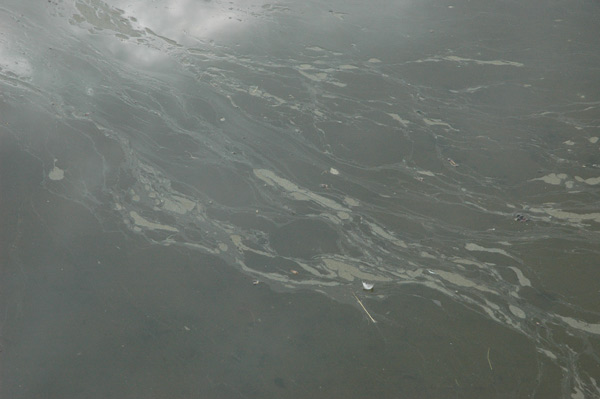|
||
Blooms of reddish to brownish colored water have been investigated by Maryland Department of the Natural Resources (DNR) primarily in the upper Chesapeake Bay and its tributaries. A non-toxic dinoflagellate algae, Heterocapsa rotundata, is among the Bay life that thrives in the cold water and lower light conditions of winter and early spring. Areas confirmed as having been, or are currently, heavily populated by the blooms of Heterocapsa include Almshouse Creek, South River (70,485 cells/milliliter on Feb 26) which was reported by the South River Federation Riverwatcher and in the Corsica River at Sycamore Point (118,110 cells/milliliter on March 5). These blooms are able to capitalize on elevated winter nutrient levels to form large blooms. Such large biomass blooms can reduce water clarity that might impact early SAV growth as well as provide organic material that contributes to spring and summer hypoxic/anoxic conditions. Ongoing bloom activity on the Corsica River can be tracked through DNR's Eyes on the Bay website and the Continuous Monitoring data with reference to chlorophyll levels, one indicator of the algal activity in the region
Figure 1: 2009 chlorophyll a concentrations at Sycamore Point on the Corsica River show dense winter algal bloom.  |

